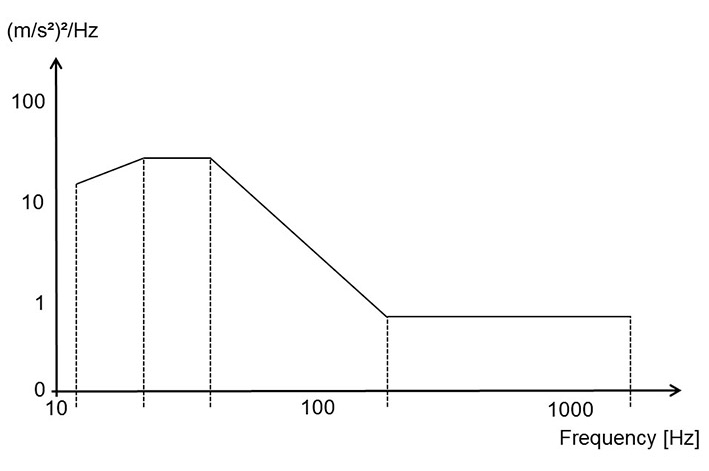
Measuring instruments resp. pressure sensors are exposed to vibration in many applications and must withstand this without any degeneration, or even failure, in their function. Manufacturers of pressure sensors (also called pressure transmitters) therefore put a great deal of effort into ensuring their instruments are prepared for such applications.
In order that they can make firm commitments about this, the manufacturers test their instruments very thoroughly. Vibrations are usually specified in frequency and max. acceleration. However, the lower the frequency, the greater the deflection needed to achieve the required acceleration. Therefore, below the “crossover frequency”, as it is known, only a specified deflection is tested and defined, rather than an acceleration. On heavy, slowly rotating machinery, primarily frequencies from 10 to 55 Hz are found.
For operation in a rocket, the instrument will be subject to vibration in the frequency range from 10 to 2000 Hz. Therefore, tests are usually conducted in these ranges successively for each of the three spatial axes. The accelerations are specified as a multiple of the acceleration due to gravity [g = 9.81 m/s²] and lie between 2 g for operation on the rotating machinery and up to 20 g with a rocket launch.
One can now define vibration resistance as follows: “Vibration resistance specifies up to which acceleration or amplitude in a defined frequency range no malfunction or damage will occur.” A pressure transmitter is thus vibration resistant if it withstands, undamaged, the vibration that it is exposed to in its “working life”.
Please find further Information in the blog article “Vibration and shock loading on pressure transmitters“.


Love this! Thank you for sharing!